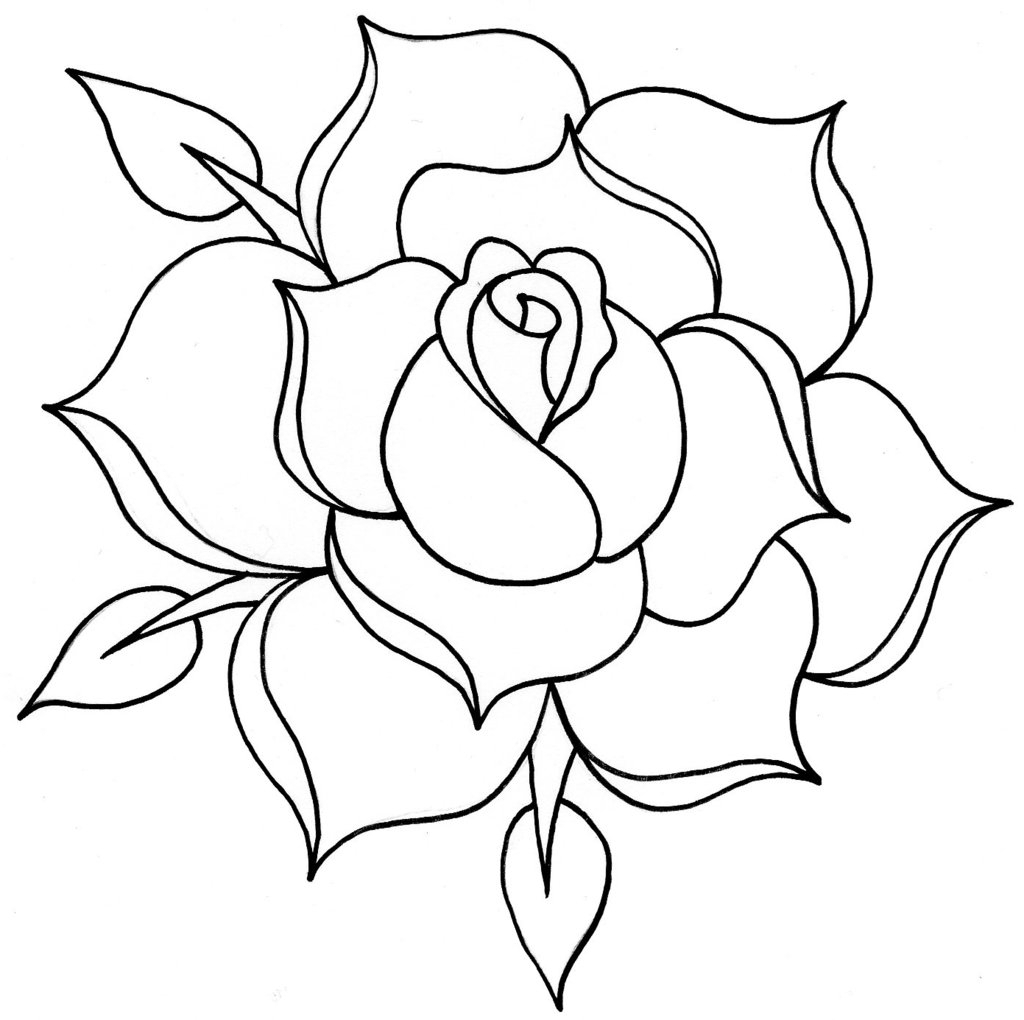

Other outlines can use bullet points or other symbols. One common outline format uses Roman numerals, letters, and numbers. Organize your outline in whatever format fits into the structure needed for the type of paper you are writing. Note: the outline might help inform the thesis, and therefore your thesis might change or develop within the outlining process. Creating your outline:īefore beginning an outline, it is useful to have a clear thesis statement or clear purpose or argument, as everything else in the outline is going to work to support the thesis. An outline provides the writer with a space to consider ideas easily without needing to write complete paragraphs or sentences. It allows the writer to understand how he or she will connect information to support the thesis statement and the claims of the paper. Outlining is a tool we use in the writing process to help organize our ideas, visualize our paper’s potential structure, and to further flesh out and develop points. Most outlines use numbers and/or bullet points to arrange information and convey points. It shows what information each section or paragraph will contain, and in what order. Advice on Setting Up and Working with a Writing GroupĪn outline is a map of your essay.To reset all styles applied to an image, click Reset at the bottom of the Tool Options pane. If you have applied multiple Stroke styles to a single layer and you’d like to rearrange them, simply drag the style up or down the list of styles. Change numbers in the Gap and Dash fields to customize the line spacing. Dashed Line: Select Dashed Line to convert solid stroke lines into a dashed ones.Use the percentage fields to scale endpoints separately or together. You can choose endpoints such as arrows, diamond, square, and others for the end and start points of a stroke. Endpoints: Choose a particular shape to use for the endings of a stroke.You can choose from Square, Round, or Bevel styles. Corner Style: Click the Corner pop-up menu and choose how the corners of a stroke should look like.You can choose from Butt, Round, or Square styles. Cap Style: Click the Caps pop-up menu and choose how the endings of a stroke or dashes in dashed lines should look like.Inside makes the outline expand into your selected layer, Center makes it expand both inwards and outwards from the edges of the layer, and Outside makes the outline appear entirely outside your selected layer. Stroke Position: Click the Align pop-up menu below Stroke Styles to choose the position of the outline.If you've created a custom style you'd like to save a preset, you can do so by clicking the Add button in the Stroke Styles menu. Stroke Style: Click the Stroke Options pop-up menu, then click Stroke Styles to select any of the stroke style presets.Stroke Color: Click the color well to choose a color or click to pick a color from the image.Stroke Width: In the number field, enter a value from 1 px to 200 px, use steppers, or Up and Down arrow keys to change the thickness of the stroke.Stroke Fill: Click the Fill pop-up menu below the Stroke Style pop-up menu and choose a Color stroke for a solid color outline, Gradient to fill the outline with a transition between multiple colors, or pattern fill to fill the stroke with your custom pattern.Customize the stroke fill, color, width, and opacity:.You can add as many of the same styles as you like. In the Tool Options pane, click Add Style and choose Stroke.Choose Tools > Style (from the Tools menu at the top of your screen).Choose the Style tool by doing one of the following:.Select the layer or layers you would like to edit.The Stroke layer style adds a customizable outline around your selected layer.


 0 kommentar(er)
0 kommentar(er)
